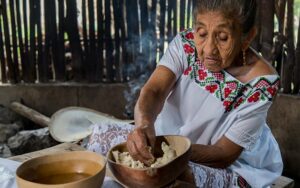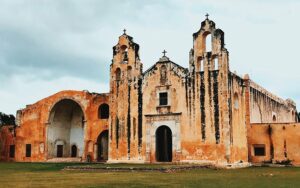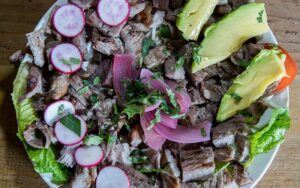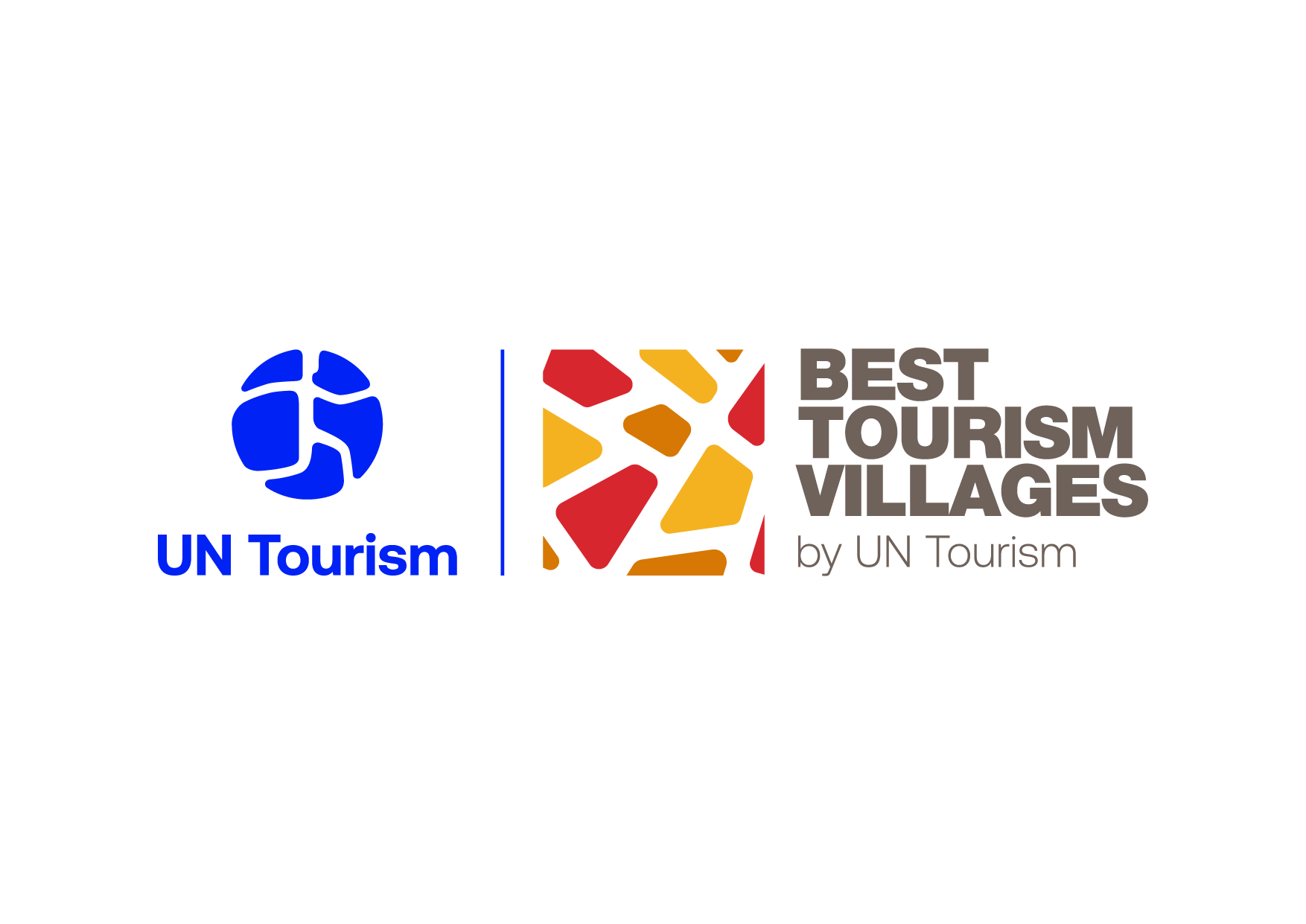MANI
Mexico
2021
Contact
Located in the Yucatan Peninsula, Maní is an ancient village and important centre of Mayan culture. The roots of this village are solid, backed by legends, traditions, rites and festivals, by the worldview of its people.
As it happened for many other places in Mexico, the name of the village is due to a misunderstanding of the Mayan language. The actual name of the village originally meant “Place where everyone passes”, to later be simplified to “place where everything happened” becoming a historical phrase given the events that occurred in 1567, when Fray Diego de Landa, a Spanish missionary of the Franciscan order, burned all the Mayan codices and books of the ancient civilization.
Its main economic activity is agriculture and livestock, but rural tourism has been consolidating in recent years, revaluing activities such as raising melipona bees and hand embroidery of typical clothing such as the huipil and guayaberas.
A place full of legends, such as the one about the Xcabachén cenote passed on from generation to generation. It is also part of the Ruta de los Conventos with its enigmatic Ex-Convent of San Miguel, place of the most representative religious colonial constructions of Yucatan from the 16th and 17th centuries.
Maní is an emerging destination for international tourists, ideal to find tranquility, tradition and the living Mayan culture. Rural tourism, as an engine to development, has fostered a strategic economic flow for sustainable transformation, allowing communion between new technologies and new significant experiences, promoting the preservation of the territory, with a focus on prosperity and social and economic inclusion.
HIGHLIGHTS
-

Reengineering Maní’s development
Maní Verde is the project created to give a new perspective to local entrepreneurship, fostering social, economic and environmental sustainability. The plan includes awareness roundtables, creativity and soft skills workshops, courses on family business, sustainability evaluation, financial planning and territory tourist valorisation.
-

Letting the voices be heard
Maní sees its future led by the community, giving credits to the voice of the people who live, work and enjoy every day the beauty of their village. How? With the consolidation of citizen participation committees, that contribute with the authorities to protect and preserve the cultural and natural heritage of the area.
-

Tourism comes from the land
Rural tourism in Maní is expressed through attractions mostly bound to the primary sector, which includes activities such as agriculture, livestock, beekeeping and poultry farming. This generates unique experiences in culture, gastronomy and ecotourism such as hobones visits or exploring the Tradicional Solar Maya.

